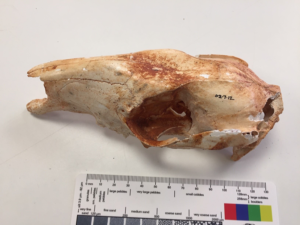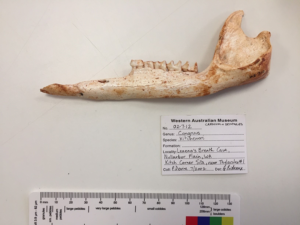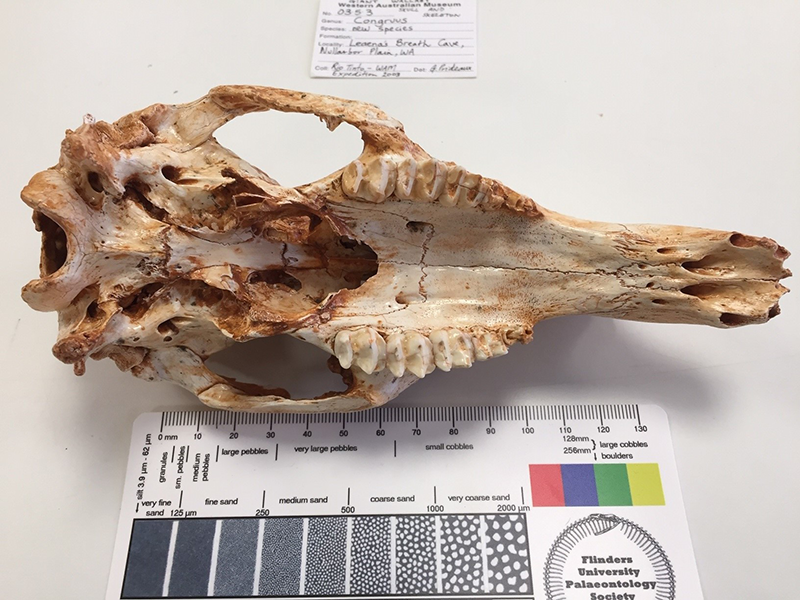Congruus kitcheneri
Congruus kitcheneri is an extinct macropodin kangaroo that was originally described as Wallabia kitcheneri. The species was adapted to a semiarboreal lifestyle, with several features of its skeleton that align better with tree-kangaroos than ground-dwelling macropodines.
Check below for more Congrus kitcheneri fossils.


